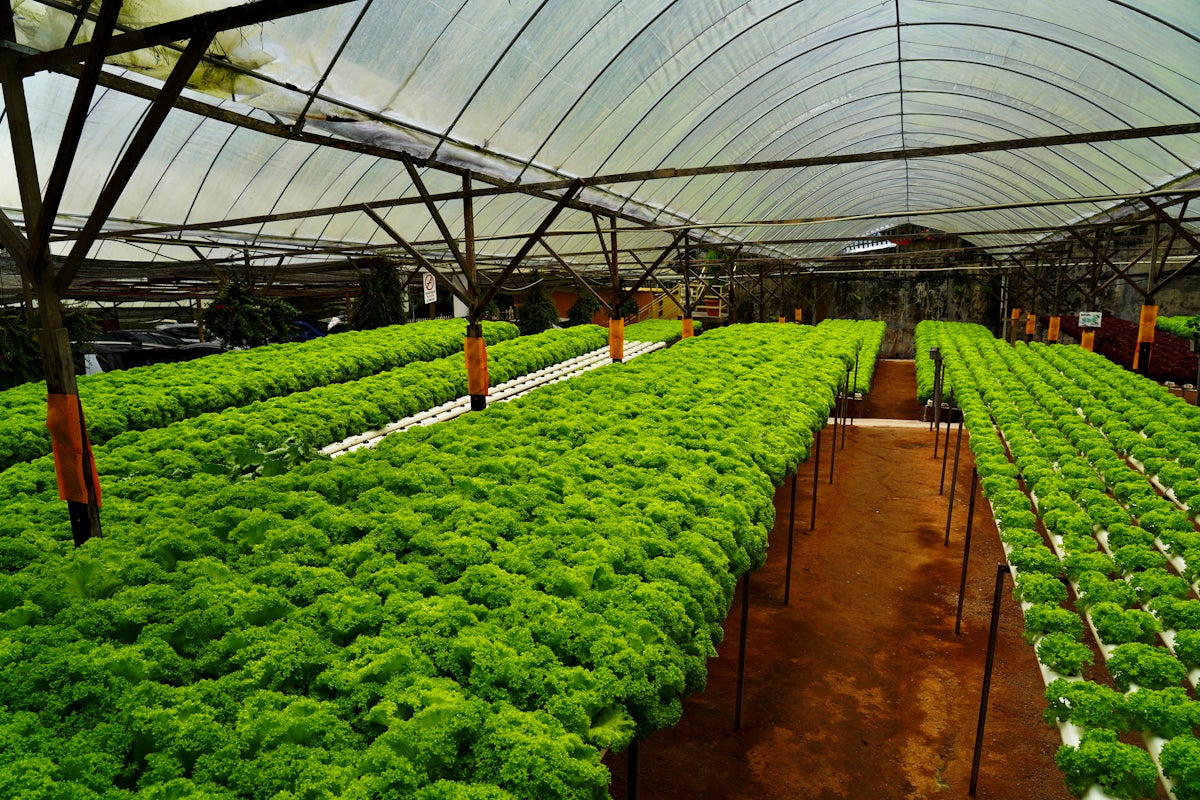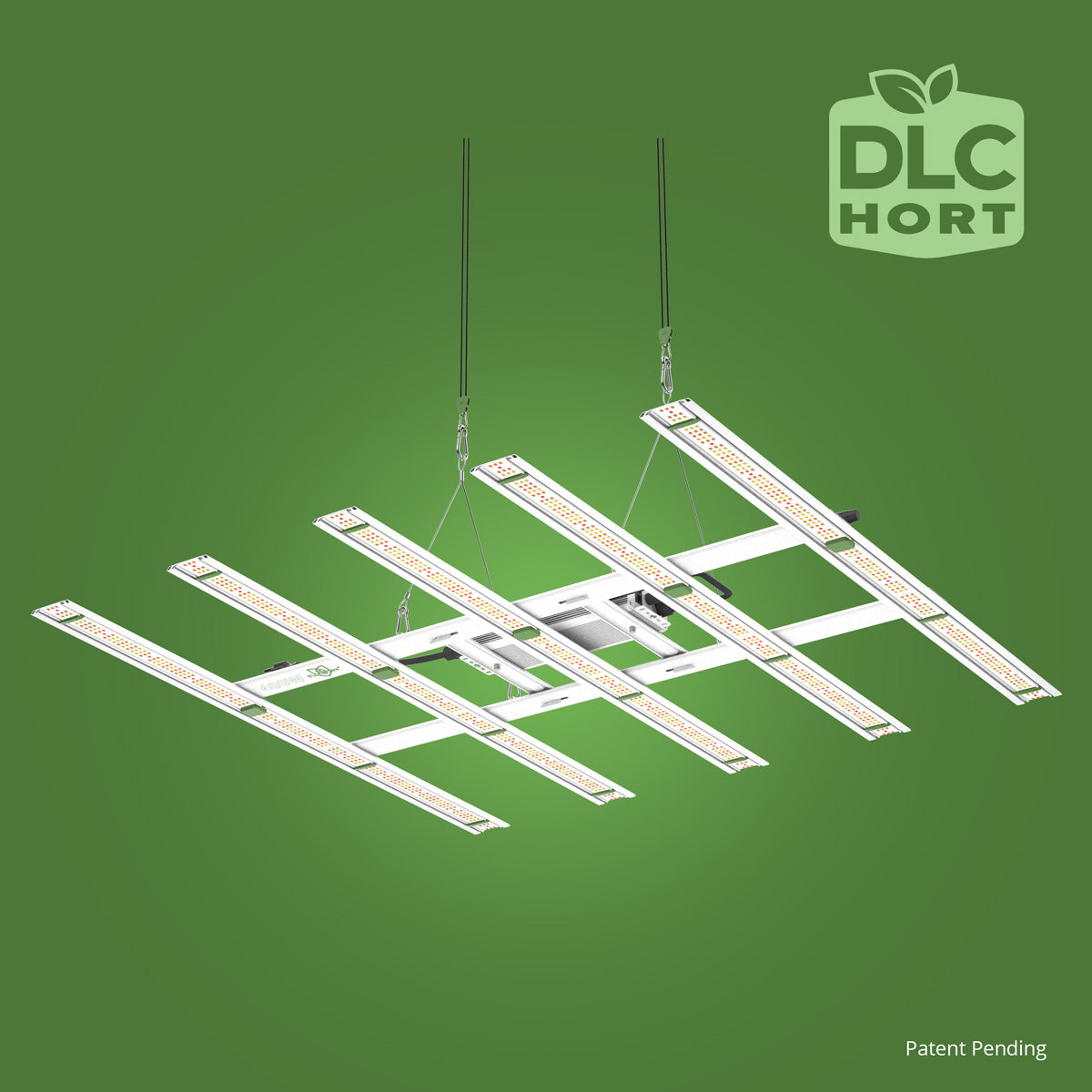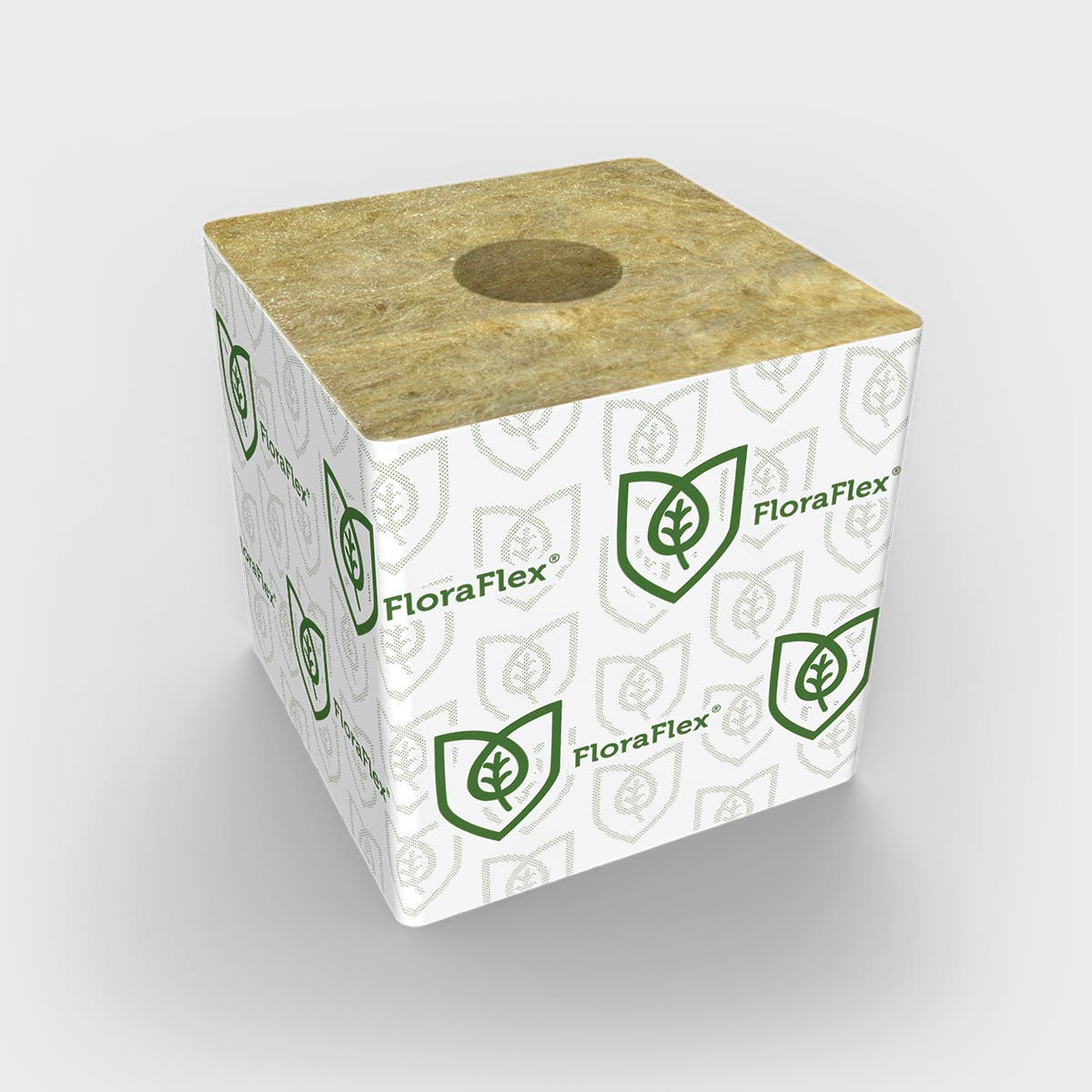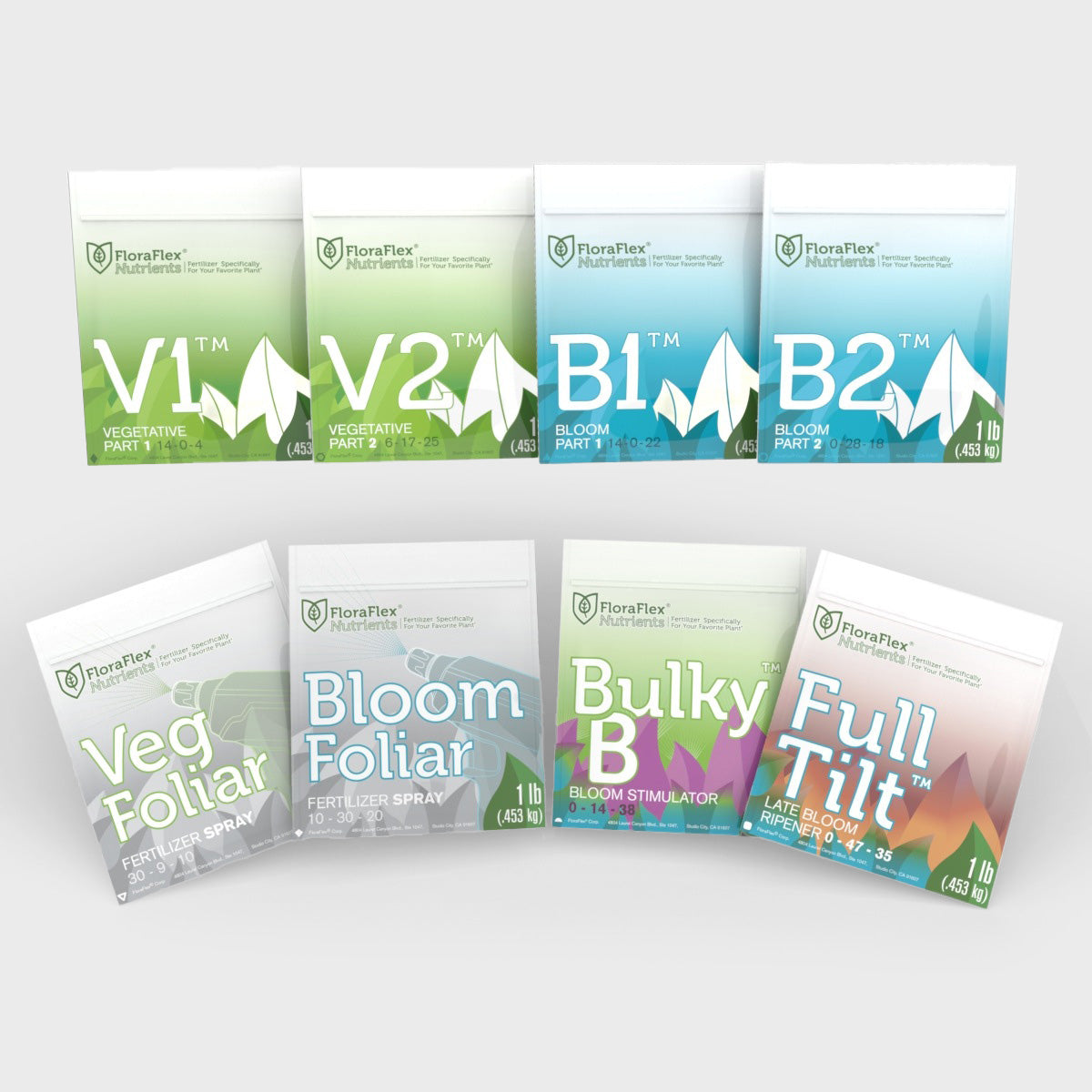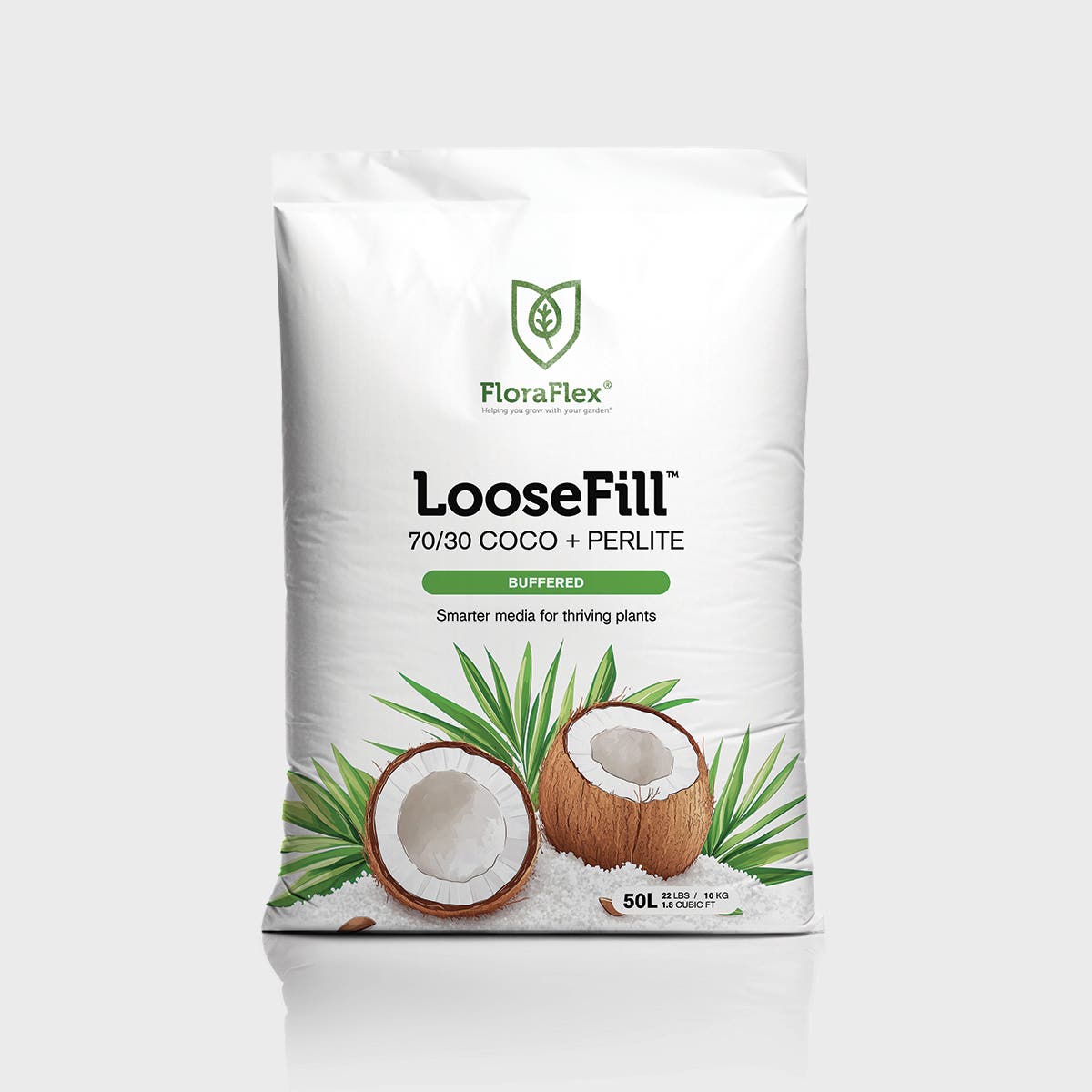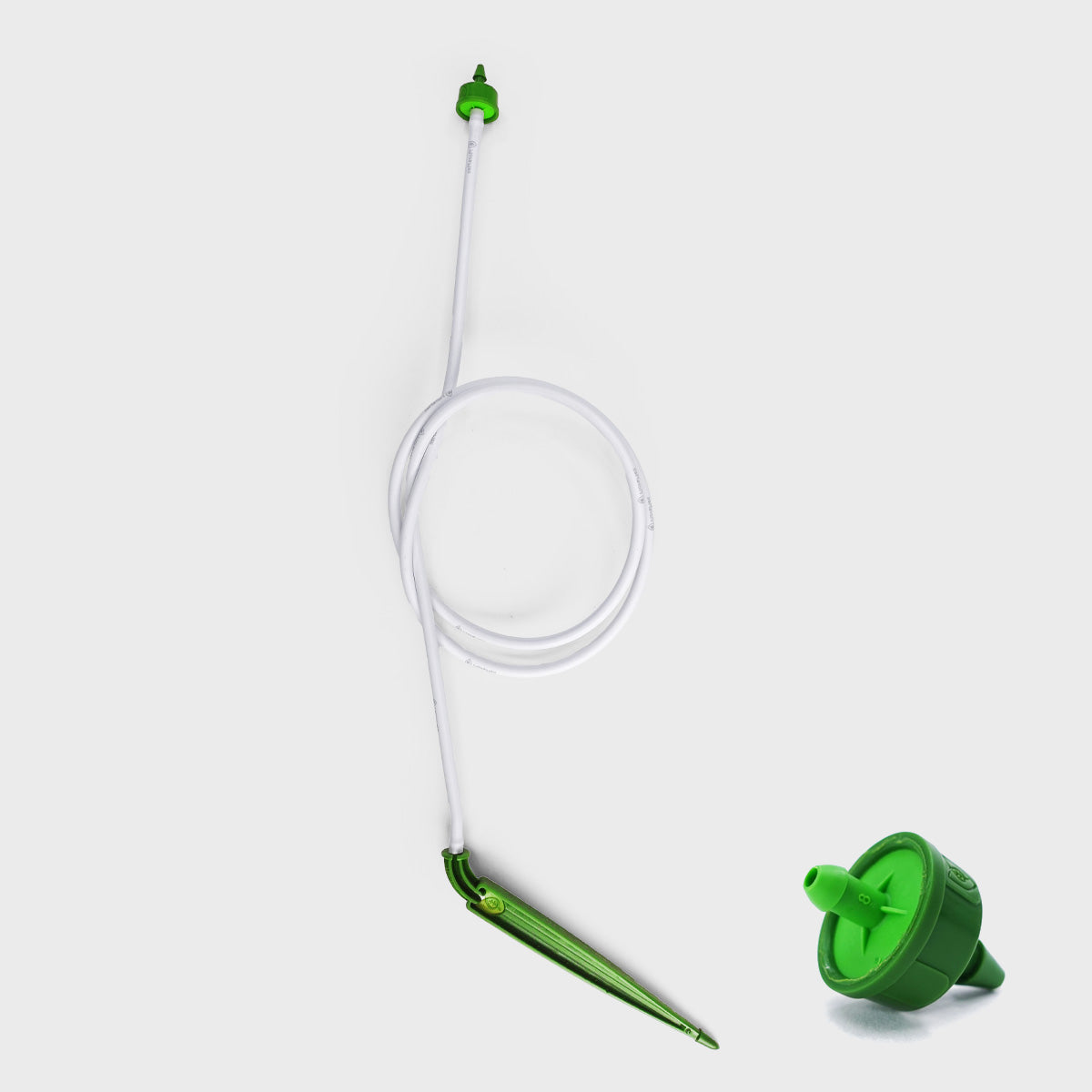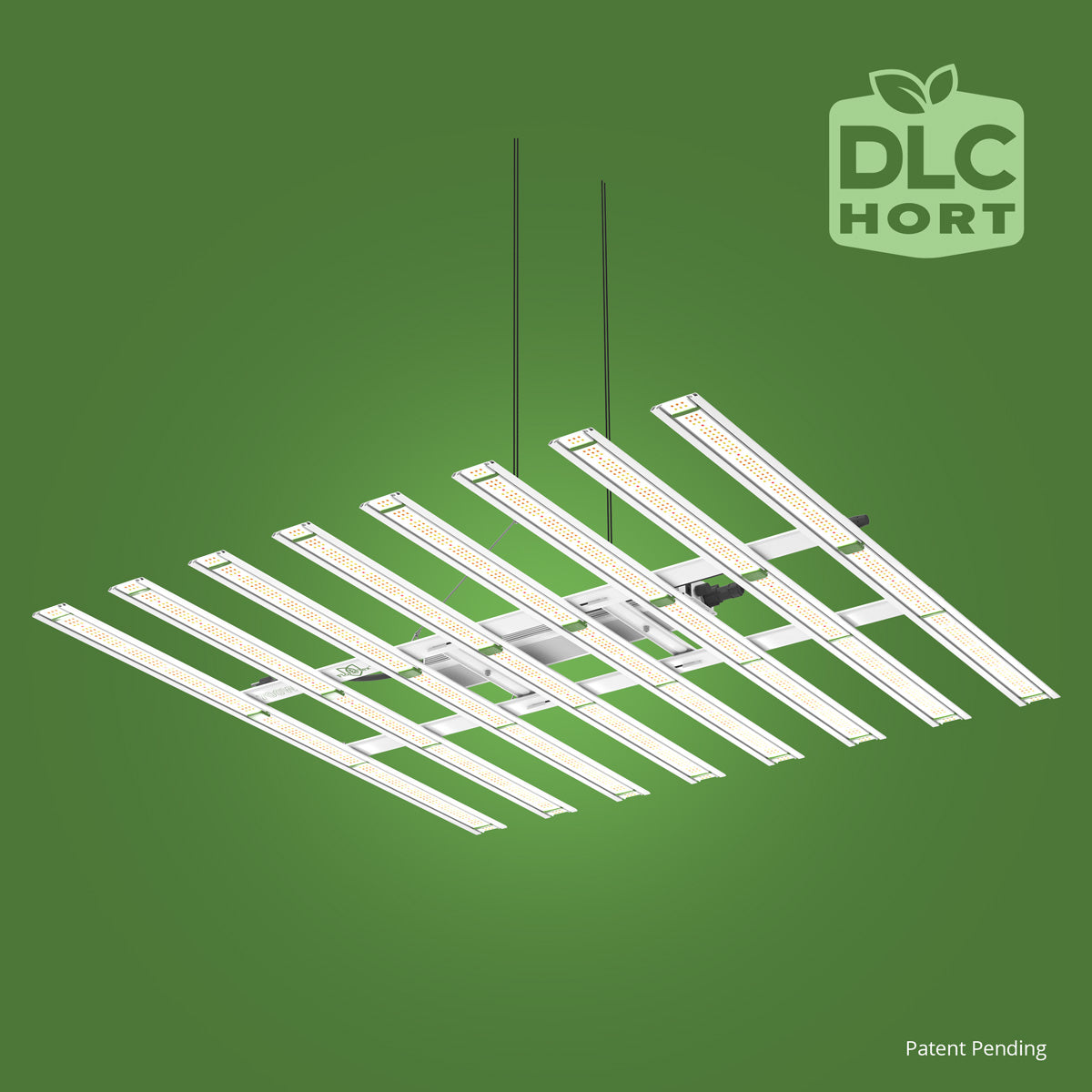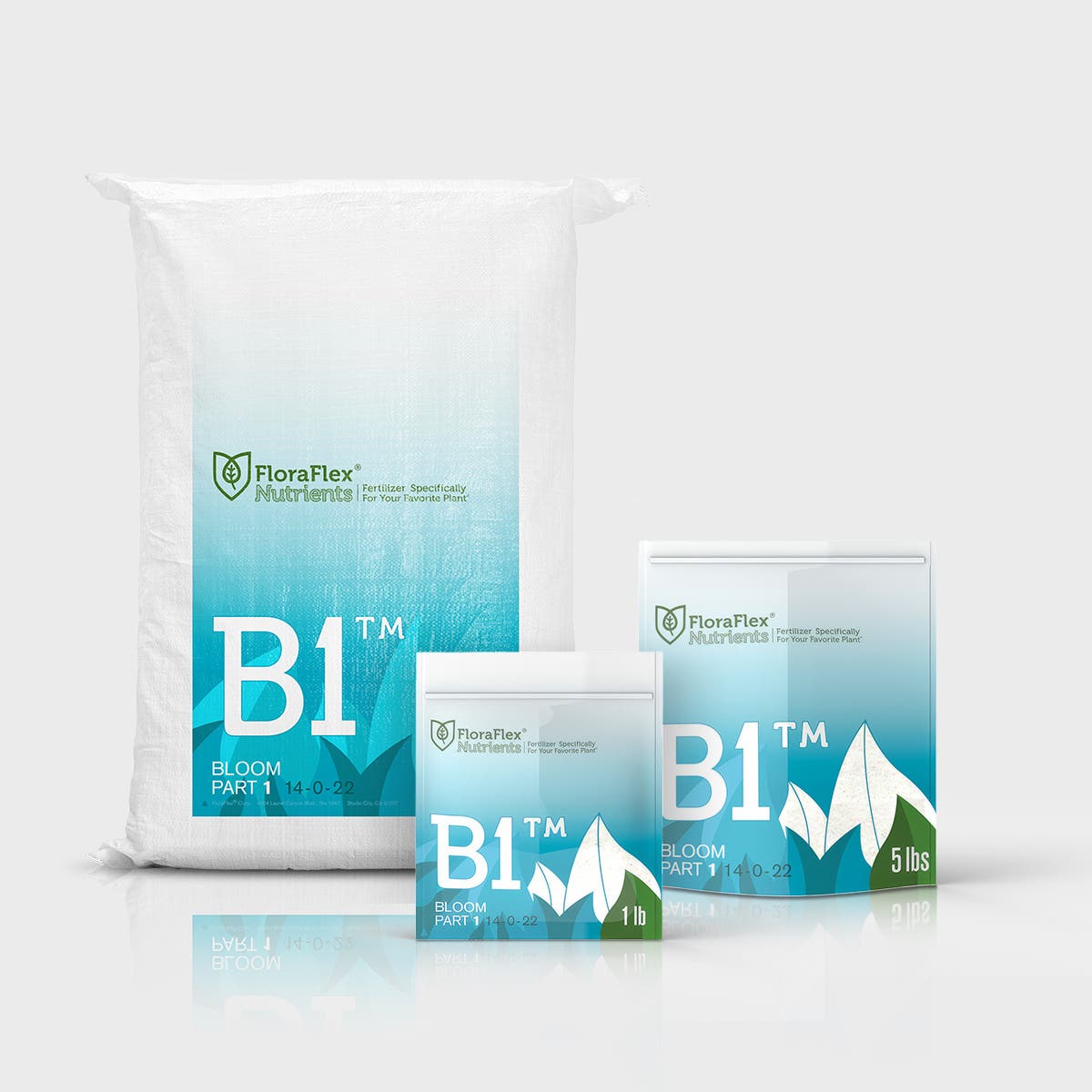Indoor gardening has become an attractive and practical hobby for many, offering the convenience of growing plants in controlled environments year-round. Whether you’re a seasoned gardener or a beginner, using LED grow lights can significantly affect the success rate of your indoor plants. This checklist is designed to guide you through essential steps and considerations for maximizing growth with LED lighting.
Setting Up Your Grow Space
When setting up your indoor garden, it's vital to choose the right equipment and ensure everything is organized for an efficient planting process. Here's a checklist to help you start:
Select the Right LED Grow Light:
- For small to medium-sized indoor setups, the Patent Pending 400W Full Spectrum LED Grow Light with Custom Diodes offers an excellent balance of power and efficiency to support plant health and growth.
- If you have a larger planting space or require additional intensity, consider the Patent Pending 900W Full Spectrum LED Grow Light with Custom Diodes.
Ensure Proper Electrical Setup:
Make sure you have a reliable power source. Using the 120V LED Power Cord | 10FT, you can ensure that your grow lights are installed with flexibility and safety in mind.
Plan Layout and Spacing:
- Determine the number of plants and space them appropriately to prevent overcrowding.
- Arrange your grow lights to cover the entirety of your plant canopy without causing light burn.
Monitoring and Maintenance
Consistent monitoring and regular maintenance are crucial for thriving indoor gardens:
Establish a Lighting Schedule:
Mimicking natural sunlight, set timers for your LED lights, typically 16-18 hours on for vegetables and herbs and 12 hours for flowering plants.
Check Light Intensity and Distance:
- Maintain the appropriate distance between plants and lights. Generally, LED lights should be 12-18 inches above the canopy.
- Periodically check light intensity and adjust placement based on plant response and growth phase.
Ensure Proper Ventilation:
- Keep your grow area well-ventilated to prevent heat buildup from your LED lights.
- Use fans to circulate air around the plants, which can enhance growth and deter pests.
Regular Evaluation
Finally, regular evaluation and adjustments can ensure the continued success of your indoor garden:
Monitor Plant Health:
Look out for signs of stress such as yellowing leaves or leggy growth, which can indicate issues with light, water, or nutrition.
Adjust Based on Plant Feedback:
- Be prepared to adjust light schedules and intensity as needed. Different plant species may have unique lighting requirements.
By following this comprehensive checklist, you can create an optimized indoor gardening environment that promotes healthy plant growth. To explore more products and tips, visit FloraFlex today!

